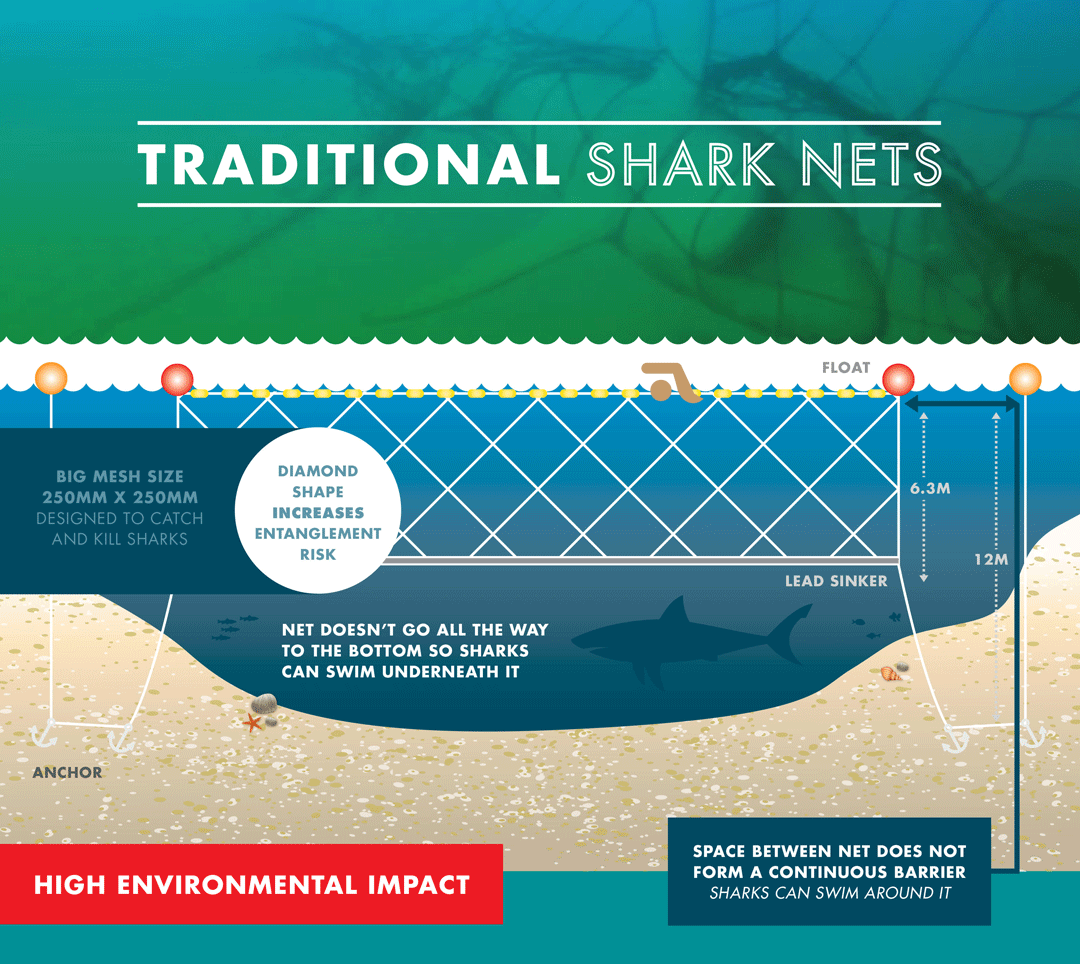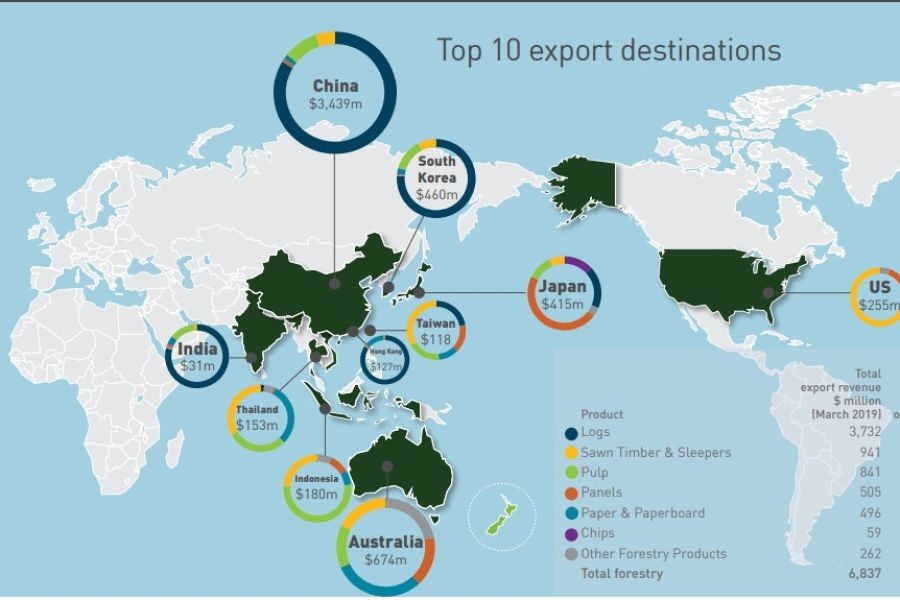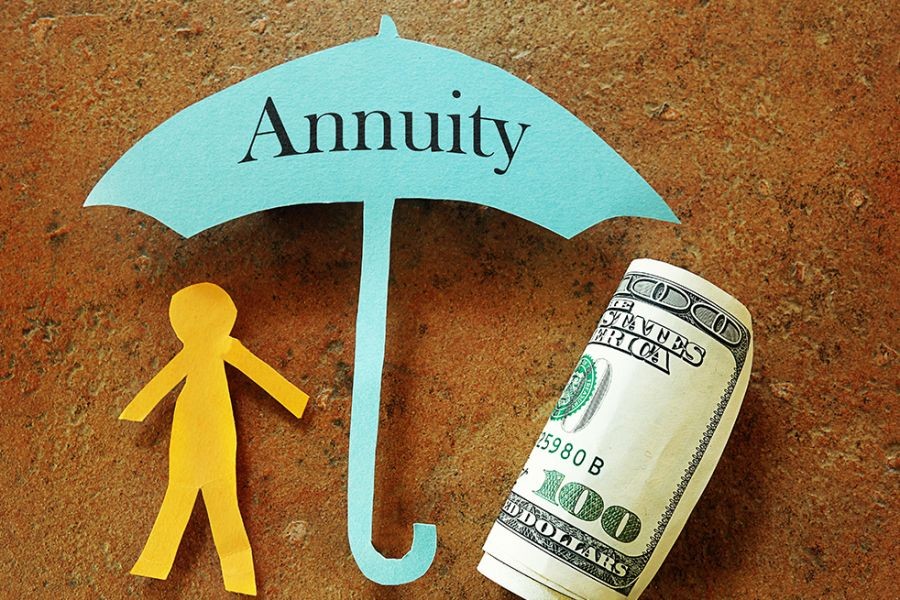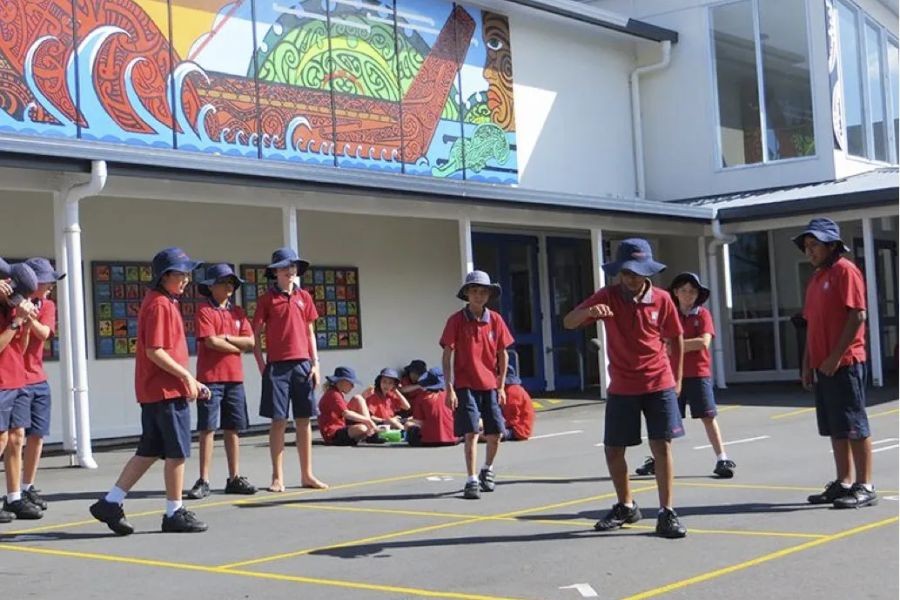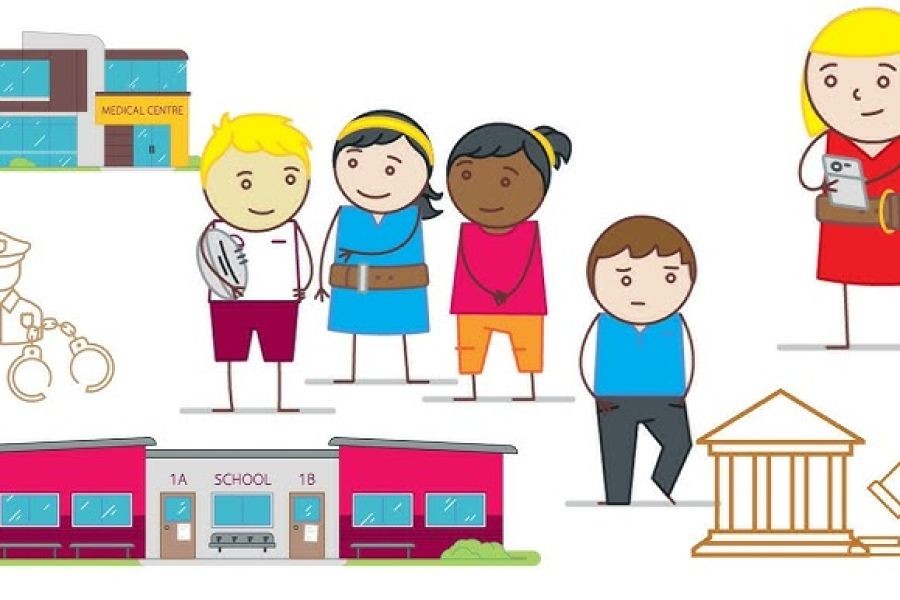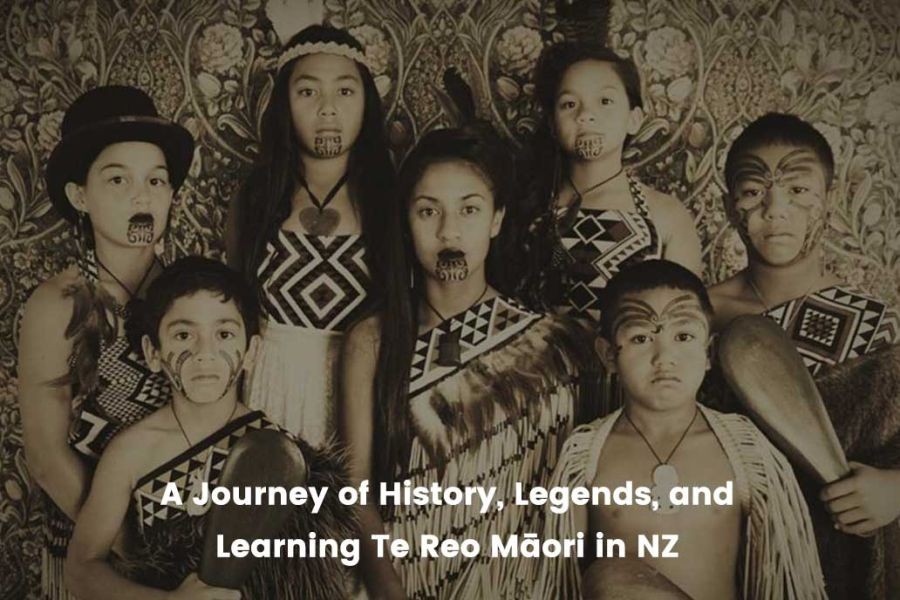In the heart of summer, when the sun casts long shadows and cicadas buzz in the background, New Zealanders prepare for a day not traditionally marked on the Maori lunar calendar but increasingly embraced by Kiwis: Valentine's Day. This global celebration of love and affection has become a significant occasion for gift-giving, with retailers and consumers alike navigating a marketplace rife with both opportunity and complexity. But how can one truly secure the best deals on Valentine's Day gifts without falling into common traps? This guide explores the nuances of Valentine’s Day shopping in New Zealand, offering expert insights and data-driven strategies to help readers make informed decisions.
The Economics of Love: Valentine’s Day Spending in New Zealand
Valentine's Day is more than just a commercial holiday; it's a crucial economic event that influences consumer behavior across the globe. In New Zealand, this occasion has gained traction, with spending trends reflecting both cultural shifts and economic realities. According to Stats NZ, consumer spending on Valentine’s Day gifts and related activities has seen a steady increase, with a noticeable rise in expenditures on experiences such as dining and travel.
However, the economic landscape is shifting. As of 2023, the Reserve Bank of New Zealand reported an inflation rate of 5.5%, impacting disposable incomes and consumer spending power. With such financial pressures, Kiwis are more discerning than ever, seeking value without compromising on sentiment. This trend is supported by a recent survey by Consumer NZ, which found that 68% of New Zealanders plan their Valentine’s Day purchases in advance to maximize savings and satisfaction.
Case Study: The Rise of Experience-Based Gifts
In recent years, there has been a noticeable shift from traditional gift-giving to experience-based offerings. Take the example of "Giftbox Boutique," a New Zealand company that has capitalized on this trend. By focusing on curated experiences—such as wine tasting tours and luxury spa days—they’ve tapped into the growing consumer desire for memorable, personalized experiences over material gifts.
Problem: Traditional retailers faced declining sales as consumer preferences shifted towards experiences.
Action: Giftbox Boutique pivoted their strategy, offering bespoke experience packages tailored to customer preferences.
Result: Within a year, the company saw a 35% increase in revenue, with customer satisfaction ratings skyrocketing.
Takeaway: New Zealand businesses can leverage local attractions and experiences to offer unique, competitive gift options.
Unpacking the Retail Landscape: Where to Find the Best Deals
The retail environment in New Zealand is diverse, with options ranging from small local boutiques to major online platforms. Understanding this landscape is key to securing the best deals. The Ministry of Business, Innovation, and Employment (MBIE) reports that online shopping in New Zealand has grown by 14% annually, a trend accelerated by the COVID-19 pandemic.
Pros and Cons of Different Retail Channels
Online Retailers
- Pros: Convenience, wider selection, and often better pricing due to lower overheads.
- Cons: Shipping delays, potential for counterfeit products, and reduced ability to assess quality.
Local Boutiques
- Pros: Unique, locally-made products and the opportunity to support local businesses.
- Cons: Higher prices and limited product ranges.
Big Box Stores
- Pros: Competitive pricing and extensive product ranges.
- Cons: Less personalized service and potential for crowded shopping environments.
Expert Insights: Timing and Strategy for Savvy Shoppers
Securing the best deals often comes down to timing and strategy. According to a study by the University of Auckland, consumers who plan their purchases and shop early are more likely to find better deals than last-minute shoppers. Retail experts also recommend leveraging loyalty programs, which can offer significant savings through points and discounts.
Additionally, being flexible with gift choices and shopping off-peak can lead to better deals. For instance, purchasing floral arrangements or chocolates a week before Valentine’s Day can result in savings of up to 20%, as retailers often hike prices closer to the day itself.
Case Study: Leveraging Loyalty Programs
Consider the example of "The Warehouse," a major retail chain in New Zealand. They introduced a loyalty program that offers points for every dollar spent, which can be redeemed for discounts on future purchases.
Problem: Shoppers were looking for ways to maximize their spending power without sacrificing quality.
Action: The Warehouse launched a customer loyalty program to incentivize repeat purchases.
Result: Customer retention improved by 40%, and the average transaction value increased by 15%.
Takeaway: Loyalty programs are a valuable tool for both consumers and retailers, offering mutual benefits and fostering long-term relationships.
Debunking Myths: Common Misconceptions About Valentine’s Day Shopping
There are several myths surrounding Valentine’s Day shopping that can lead consumers astray. Understanding these misconceptions is crucial for making informed decisions.
Myth: "The most expensive gift is the best gift."
Reality: According to a survey by Consumer NZ, 72% of respondents value thoughtfulness over price, suggesting that personalized gifts often hold more meaning than costly items.
Myth: "Last-minute shopping offers the best deals."
Reality: Retail data indicates that prices often increase closer to Valentine’s Day as demand peaks, contrary to the belief that last-minute deals are available.
Myth: "Flowers are the most popular Valentine’s Day gift."
Reality: While flowers remain a staple, experiences and personalized gifts have overtaken traditional options, a trend supported by sales data from leading New Zealand retailers.
Future Trends: The Evolution of Valentine’s Day Shopping in New Zealand
As consumer behaviors continue to evolve, several trends are emerging that will shape the future of Valentine’s Day shopping in New Zealand. According to a report by Deloitte, there is a growing emphasis on sustainable and ethical gifting. New Zealanders are increasingly interested in products that are eco-friendly and ethically sourced, reflecting broader global shifts.
Furthermore, the integration of technology into the shopping experience is expected to accelerate. Augmented reality (AR) and virtual reality (VR) are being explored by retailers to offer immersive shopping experiences, allowing consumers to visualize products in their own environments before purchasing.
By 2026, it is predicted that 30% of all Valentine’s Day purchases in New Zealand will be made through digital platforms that offer these advanced technologies, reshaping how consumers interact with brands and make purchasing decisions.
Conclusion and Call to Action
Securing the best deals on Valentine’s Day gifts requires a blend of strategic planning, informed decision-making, and awareness of current trends. As New Zealand continues to embrace this global holiday, consumers can benefit from understanding the nuances of the local market and leveraging available tools and insights.
What’s Next? As Valentine’s Day approaches, consider subscribing to the "NZ Retail Insights" newsletter for the latest updates on consumer trends and exclusive deals. Engage with us by sharing your own tips and experiences in the comments below!
People Also Ask (FAQ)
How does Valentine’s Day impact businesses in New Zealand?
Valentine’s Day significantly boosts retail and hospitality sectors, with businesses reporting increased sales during this period. Consumer spending on gifts and experiences contributes to economic activity across the country.
What are the biggest misconceptions about Valentine’s Day shopping?
One common myth is that expensive gifts are the most meaningful. However, research shows that personalized gifts are often more valued by recipients.
What upcoming changes in New Zealand could affect Valentine’s Day shopping?
By 2026, advancements in technology, such as augmented reality, are expected to transform the shopping experience, allowing for more immersive and personalized gifting options.
Related Search Queries
- Best Valentine’s Day gift ideas in New Zealand
- Valentine’s Day spending trends in NZ
- How to save money on Valentine’s Day gifts
- Eco-friendly Valentine’s Day gifts NZ
- Impact of inflation on Valentine’s Day shopping
- Personalized gift options in New Zealand
- Sustainable gift-giving trends in NZ
- Experience-based Valentine’s gifts NZ
- Technology in Valentine’s Day shopping
- Loyalty programs for Valentine’s Day deals







